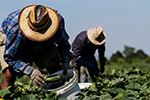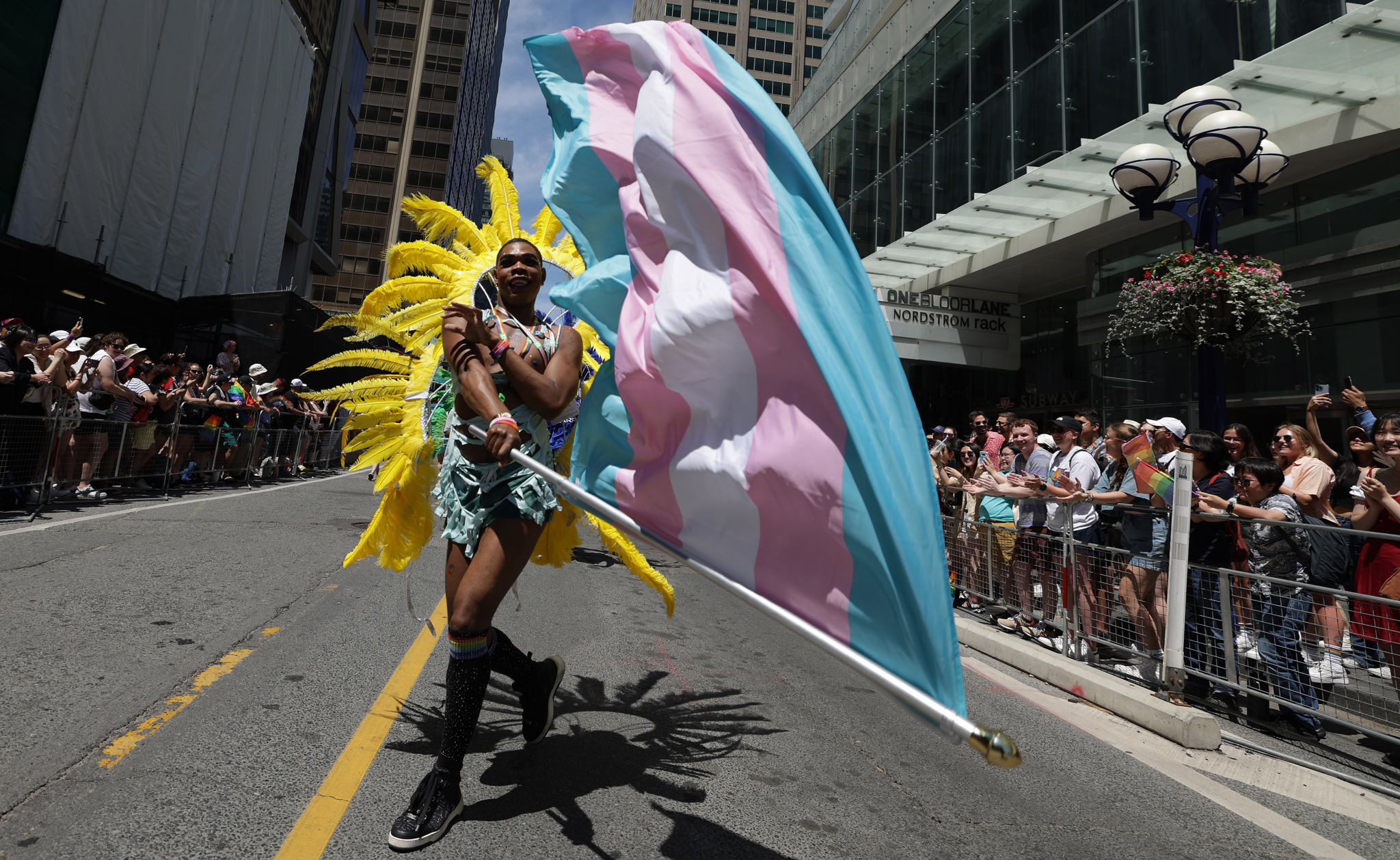A report released by the RCMP earlier this year marks the first time that police in Canada have attempted, at the national level, to identify how many First Nations, Inuit or Métis women and girls have been murdered or have gone missing. Here are the facts.
According to the report, 1,017 women and girls identified as Indigenous were murdered between 1980 and 2012—a homicide rate roughly 4.5 times higher than that of all other women in Canada.
In addition, the report states that as of November 2013, at least 105 Indigenous women and girls remained missing under suspicious circumstances or for undetermined reasons.
These appalling statistics are consistent with previous estimates from sources such as Statistics Canada that have long pointed to a greatly disproportionate level of violence against that First Nations, Inuit and Métis women and girls. The latest numbers also underline what Indigenous women and advocacy organizations have long been saying–that this violence requires a specific and concerted response from police and all levels of society.
The RCMP’s release of official, national police statistics confirming these previous estimates is an important and welcome step because such numbers are critical to inform and mobilize police and public response.
Unfortunately, in the hands of some government officials and media commentators, the new RCMP statistics have become, not a source of clarity and a resource for action, but an excuse for misrepresenting the reality of Indigenous women’s lives and an excuse for continued inaction.
An incomplete picture
The RCMP report does not tell us everything we need to know about violence against Indigenous women. The release of this report is not a substitute for a national inquiry.
The RCMP report does not reflect the voices of affected families and communities. Nor does it provide a vehicle for the consideration and implementation of the solutions that they have identified. And even as a statistical picture of missing and murdered Indigenous women, the RCMP report has important gaps that need to be acknowledged.
In its statistics on homicide, the RCMP report only includes cases where the original investigating police force has concluded that a murder has taken place. The report explicitly does not include unexplained and suspicious deaths.
Amnesty’s own research has raised concerns that deaths of Indigenous women and girls are not always fully and properly investigated and that as a result some murders of Indigenous women and girls may have been wrongly classified as accidental deaths.
In addition, police in Canada do not consistently record the Indigenous identity of victims of crime. Statistics Canada reports that in 2009, for example, police recorded failed to note whether the victims of crime were Aboriginal or non-Aboriginal in 384 out of 610 homicides. Some victims of crime are being inaccurately identified as non-Aboriginal because police have not had proper training on why accurate identification is important and how it’s to be determined.
The RCMP report acknowledges the unreliability of current police practices of determining Indigenous identity. The report claims that a file review, carried out over a period of several months, established the Aboriginal or non-Aboriginal identity of all but 95 homicide victims whose identity was previously recorded as “unknown.” The RCMP did not review files to determine whether Indigenous women had been inaccurately recorded as non-Indigenous.
The RCMP report also does not distinguish between First Nations, Inuit and Métis women and girls. As a consequence, it does not provide any information on whether the homicide rate is the same or differs among these groups. The report provides a number of statistics on the lives of the victims. The nature of many of these statistics—such as history of illegal drug use or involvement in illegal activities—suggests an inappropriate focus on the possible role of the victim’s own actions and behaviours.
The report does not include any information on how many of the women and girls previously sought help or protection from the police or service agencies or the response they received.
Although the report breaks down the statistics according to some potentially significant factors—such as whether homicides were committed outside the residence (27% for Indigenous women compared to 20% for non-Indigenous) —it does not provide figures for homicides on and off reserve.
The report does not identify how many of the perpetrators of the crime were Indigenous and how many were non-Indigenous. The report also does not provide any information on the numbers of perpetrators and the role of others in helping carry out or cover up the crime.
However, the report does however provide important information on the relationship of the perpetrators to the victims, suggesting significant differences in the threats faced by Indigenous and non-Indigenous women.
Violence against Indigenous women must be understood within a social context
Previous research, including reports by the Native Women’s Association of Canada and Amnesty International’s own research, show that violence against Indigenous women and girls is pervasive, taking place in the home and in the streets of Canadian cities, and that the perpetrators include Indigenous and non-Indigenous men alike.
Nothing in the RCMP report changes this conclusion.
The vast majority of murders are committed by someone known to the victim. This is true for Indigenous and non-Indigenous women alike.
However, at least one significant difference was revealed by the RCMP report.
In the case of Aboriginal women, spouses, family and other intimates account for 62% of homicides, compared to 74% of murders of all other women. The difference is largely accounted for by a greater number of murders of Indigenous women and girls by people the police categorize as “acquaintances,” including friends, co-workers, neighbours, authority figures and other people known to, but not intimate with, the victim.
In the 22-year period covered by the RCMP, acquaintances were found to be responsible for the murder of more than 300 Indigenous women and girls in Canada.
The rate of homicide by acquaintances was seven times greater for Indigenous women and girls than for all other women in Canada.
During the same period, the RCMP found that strangers were responsible for the murder of 81 Aboriginal women and girls. Clearly, domestic and family violence are critical issues that must be addressed in any meaningful national strategy to address violence against Indigenous women and girls.
At the same time, it’s also clear that characterizing the threats to Indigenous women’s lives as exclusively about domestic violence – as some government spokespersons and media commentators have done – misrepresents the issues and obscures crucial aspects of these threats.
Regardless of the identity of the perpetrator, or the relationship of the perpetrator to the victim, it’s clear that their actions needed to be examined in the context of the discrimination, marginalization, and impoverishment that put Indigenous women in harm’s way. Amnesty International’s 2004 Stolen Sisters report concluded that all these factors work together to compound the risks to Indigenous women, encouraging some men to target Indigenous women for acts of racist and misogynist violence and denying Indigenous women equal access to services such as shelters that are required for their safety.
Moving forward
The kind of statistics released by the RCMP needs to be collected and made public on an ongoing basis. To ensure the accuracy and completeness of this data, specific guidelines and training must be provided to officers in all police services to ensure that they understand when to record Indigenous identity and how this information is to be used.
Related news
- Missing and murdered Indigenous women and girls: Understanding the numbers
- Frequently asked questions about violence against Indigenous women
- Venezuela: Authorities must stop criminalizing and killing young people living in poverty
- Brazil: Spike in killings by Rio police as the country faces UN review


























